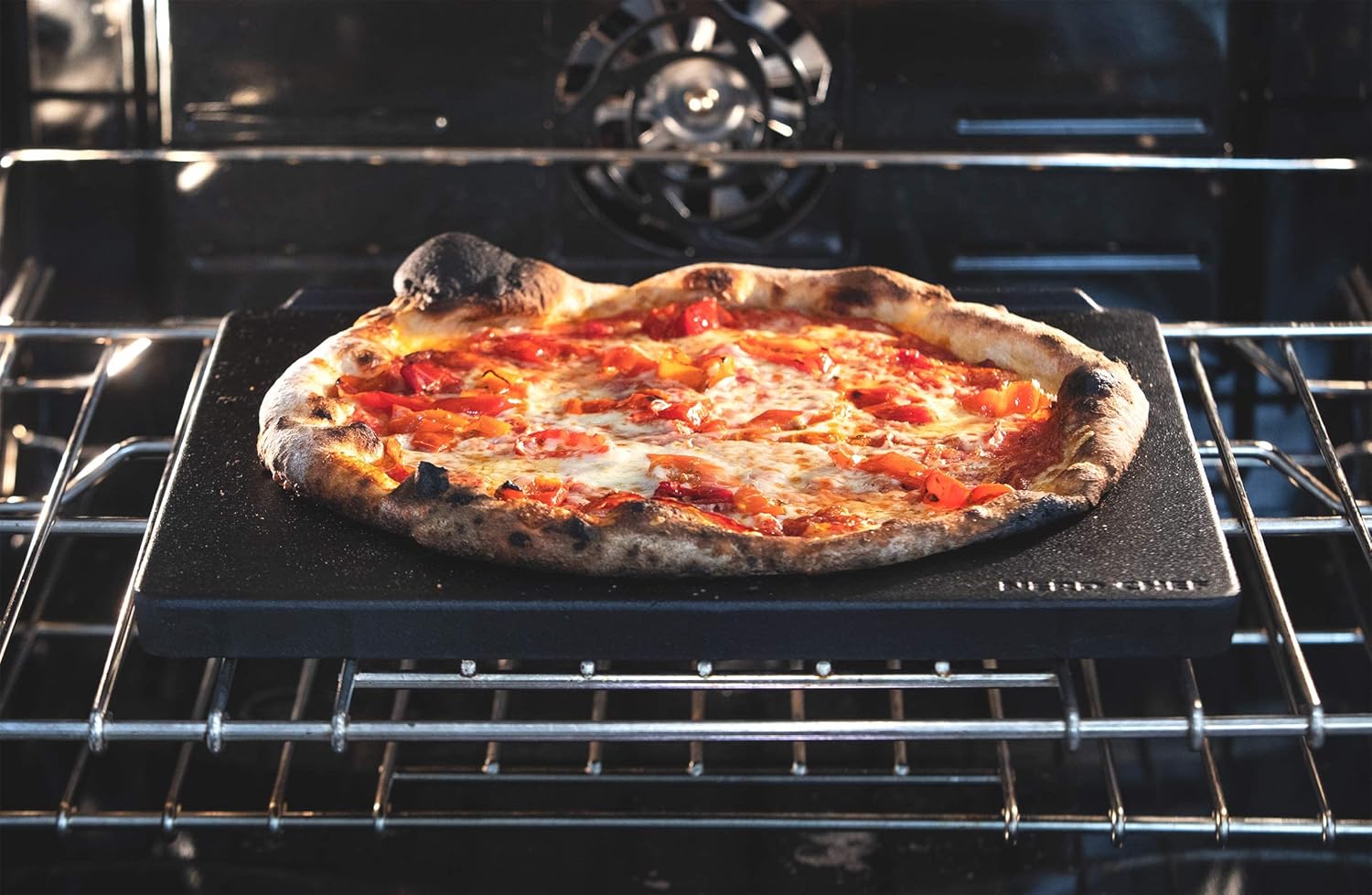In the fast-paced world of professional kitchens, efficiency and quality are paramount. One tool that stands out in elevating the culinary creations is a baking stone for frozen foods. Whether it's reviving the texture of a seemingly lifeless frozen pizza or ensuring a perfectly baked frozen pastry, a baking stone is indispensable for kitchen professionals.
A baking stone offers more than just heat; it provides a uniformly heated surface that mimics the conditions of a traditional brick oven. This unique capability of the stone ensures even cooking, which is especially beneficial for frozen foods that can often be tricky to handle. If youre curious about the versatility of this tool, this article offers an in-depth look at its applications.

The Science Behind Baking Stones
The operational magic of a baking stone lies in its composition. Crafted from ceramic or cordierite, these stones are designed to withstand high temperatures. By evenly distributing heat across its surface, it eliminates the uneven cooking that sometimes plagues conventional baking sheets. This attribute is particularly advantageous for frozen foods, which require consistent heat to thaw and cook simultaneously.
Transforming Frozen Foods
When a culinary routine involves a heavy rotation of frozen foods, the utility of a baking stone becomes clear. Simply preheat the stone along with your oven for about 30 minutes to an hour, allowing it to reach its peak temperature. Once heated, place your frozen product directly onto the stone. The result is a crisp texture and rich flavor development that would ordinarily be unattainable using standard baking methods. Kitchen experts often recommend trying various baking stones for specific frozen delights.
Choosing the Right Baking Stone
Investing in the right type of baking stone is crucial for maximizing its benefits. While size is an important consideration, material and thickness are equally significant. A thicker stone is ideal for frozen foods as it retains and distributes heat more effectively. Consider reputable brands known for durability and performance. For a comprehensive buying guide, see how to pick the best fit for your needs here.
Maintaining Your Baking Stone
Caring for a baking stone may require additional effort compared to simpler kitchen tools, yet it ensures a longer lifespan and optimal performance. Avoid soap or detergent, as the stone is porous and can absorb chemicals. Instead, after cooling, scrape off debris and wipe it down with a damp cloth. Regular maintenance not only extends the life of the stone but maintains its unrivaled ability to handle frozen foods adeptly.

Real-Life Kitchen Applications
The practical application of a baking stone in professional kitchens goes beyond anecdotal evidence. From crisping up croissants to raising the bar on classic frozen pizzas, baking stones optimize the potential of frozen foods. Learn more about how kitchen professionals utilize these versatile tools.
FAQs
Can you cook any frozen food on a baking stone?
A baking stone is perfect for a variety of frozen foods, especially those that require crisping, such as pizzas and pastries. However, it's always advisable to consult cooking guidelines for each specific product.
How does a baking stone improve the cooking process?
It provides an even heat distribution, ensuring that frozen foods cook thoroughly and reach a desirable texture that is hard to achieve with conventional methods.
What should I avoid doing with my baking stone?
Avoid abrupt temperature changes like putting a cold stone in a hot oven or vice versa, as this can result in cracking. Also, refrain from using soap to clean the stone.
This article contains affiliate links. We may earn a commission at no extra cost to you.






Leave a comment
This site is protected by hCaptcha and the hCaptcha Privacy Policy and Terms of Service apply.